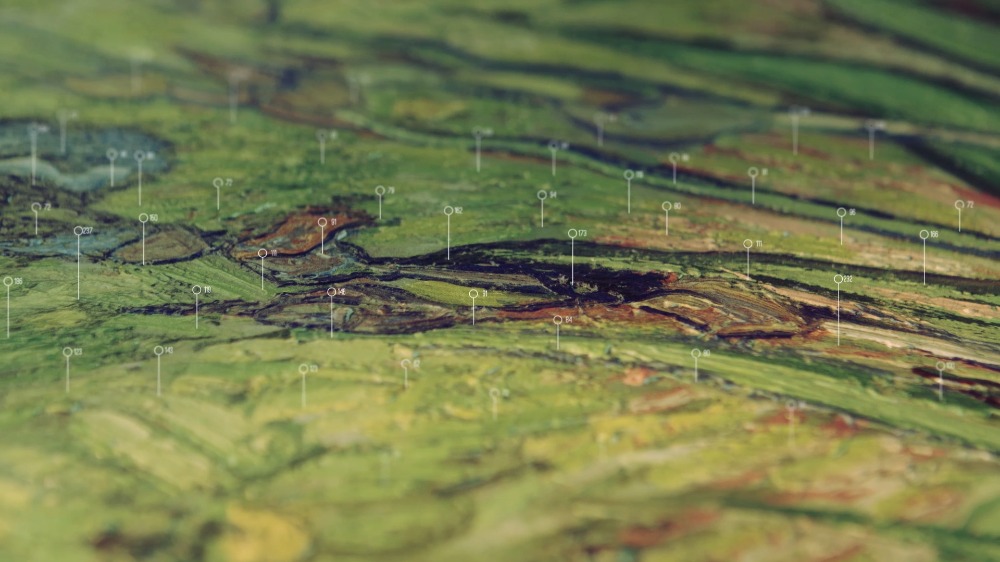Replicating masters
Patrick Robinson, Chairman at Arius, explains the science of fine art digital replication and its onboard potential…
Art and superyachts are synonymous. Yachts are the ultimate expression of wealth, and the interior space seems ideally suited for displaying artwork that complements the owner's tastes. Many yachts are as famous for the art collections they contain as much as their exterior lines.
Vancouver-based technology company Arius is fundamentally changing the way art is owned. Using a proprietary scanning and replication system, they can create replications of paintings that can hold up in side-by-side comparisons with the original.
As the market for fine art has exploded in recent years so has the status associated with owning these pieces. The logistics of displaying and maintaining a series of works that in many cases may be insured for more than the total value of the vessel is complex. Crew are not curators, and a yacht is not a gallery.
Yachts are vulnerable to theft also. With hundreds of crew and contractors moving to and from a yacht every year, the word inevitably gets out. Many of these risk factors are multiplied if the yacht is for charter. Many more guests per year amplify the risk that something, accidental or not, may happen to the owner's artwork. A perfectly replicated 3D printed version may present the superyachts with a viable solution.
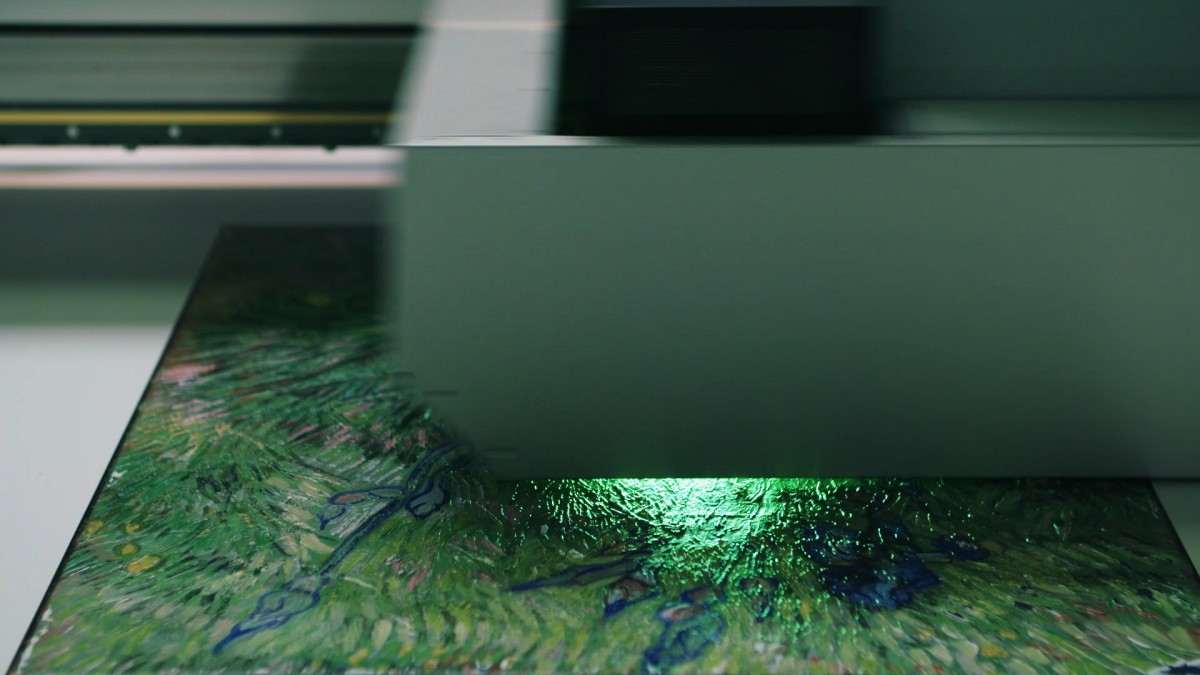 Arius and Canon scanning Iris by Van Gogh
Arius and Canon scanning Iris by Van Gogh
The high-end replication started with ultra-precise scanning. The Arius platform began while working on a research project studying Leonardo da Vinci's Mona Lisa. Arius generated a 10-gigabit scan of the object, which included a deep level of information about the surface.
According to Arius, It was the first time anyone had scanned correctly the world’s most famous painting, and it begged a follow-up question. If Arius could know basically everything there was to know about the surface of a canvas, could they use that information to replicate the painting?
Arius partnered with Canon to find out the answer. Together, they were able to turn the wealth of data from these kinds of scans into hyper-convincing replications. Their level of detail, combined with new textured printing technology, has created a system that can produce replications suitable for onboard applications.
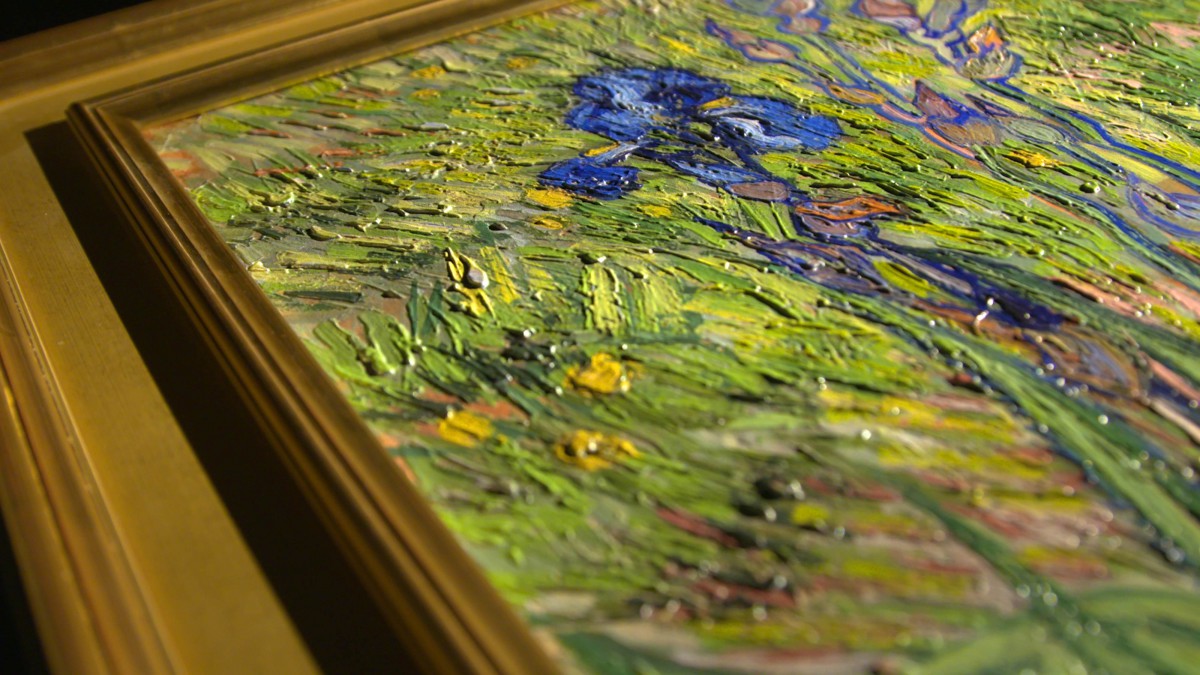 Arius + NGC Surface replication of Iris, by Van Gogh.
Arius + NGC Surface replication of Iris, by Van Gogh.
Arius has since collaborated with institutions like the National Gallery of Canada and the Tate Britain. One of their most intriguing projects included creating copies of Johannes Vermeer’s Girl with a Pearl Earring, making it available to view. At the same time, the original underwent an epic two-year restoration.
Speaking on the utility of the system Patrick Robinson, Chairman at Arius says, “As art has become an asset class with ticket prices soaring over the past ten years, owners want to protect their investment as well as [enjoy] their treasured possessions. Now they can have the best of both worlds by allowing their art to appreciate at home or in safe storage whilst having a replication to enjoy on their yacht, residence, or another setting.”
The process begins with a scan of the painting with their equipment able to measure differences in elevation on the surface down to 1/10 the thickness of a human hair. Despite the intricacy of the laser-based scan, it causes no invasive damage, the equivalent of an hour of museum light exposure according to Arius.
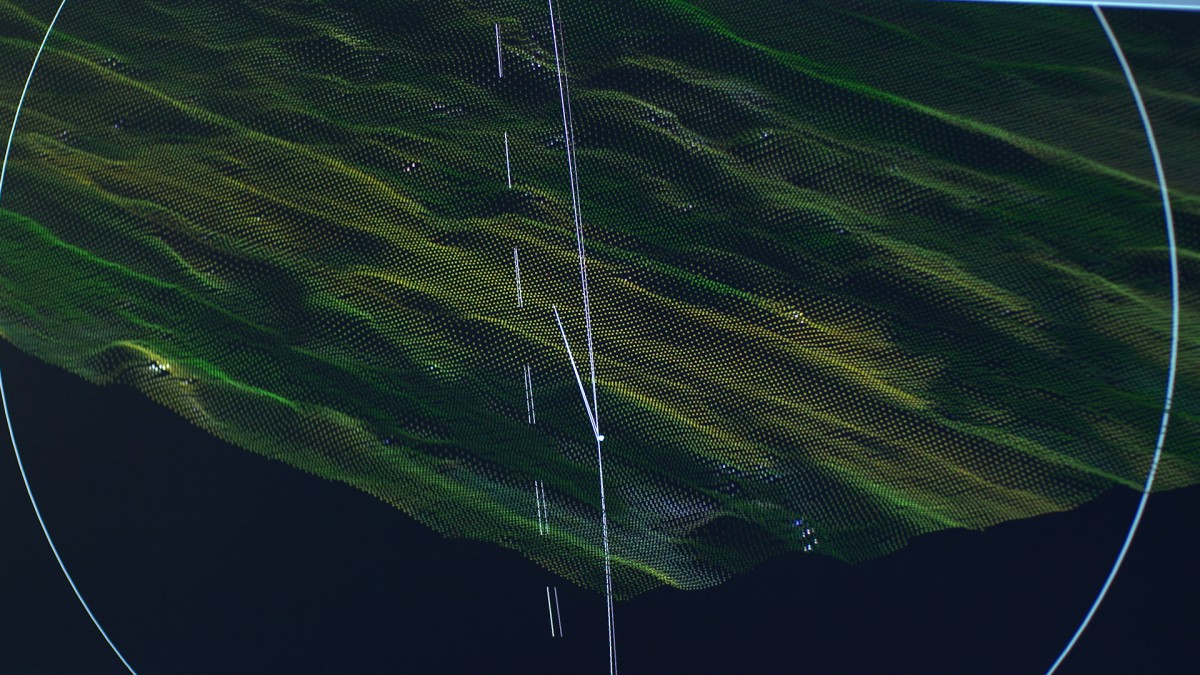 Arius + NGC + Iris surface data display
Arius + NGC + Iris surface data display
The collected data builds an Art Digital Master File (ADMF™). This has all of the topographic and colour information in one place. This file can then be applied to many uses, like high-resolution textured replications.
The significant potential application for collectors who want to display work in high-risk settings such as superyachts. On this point, Robinson says, “Any insurer will bemoan the hazards of moving and installing art anywhere, but the superyacht environment presents a particular risk. As well as being far from the ideal environment for precious artwork on yachts, handling and transport issues, accidents occur during fixing to bulkheads, [the] crew may not be adequately trained, and the condition can be hard to monitor…”
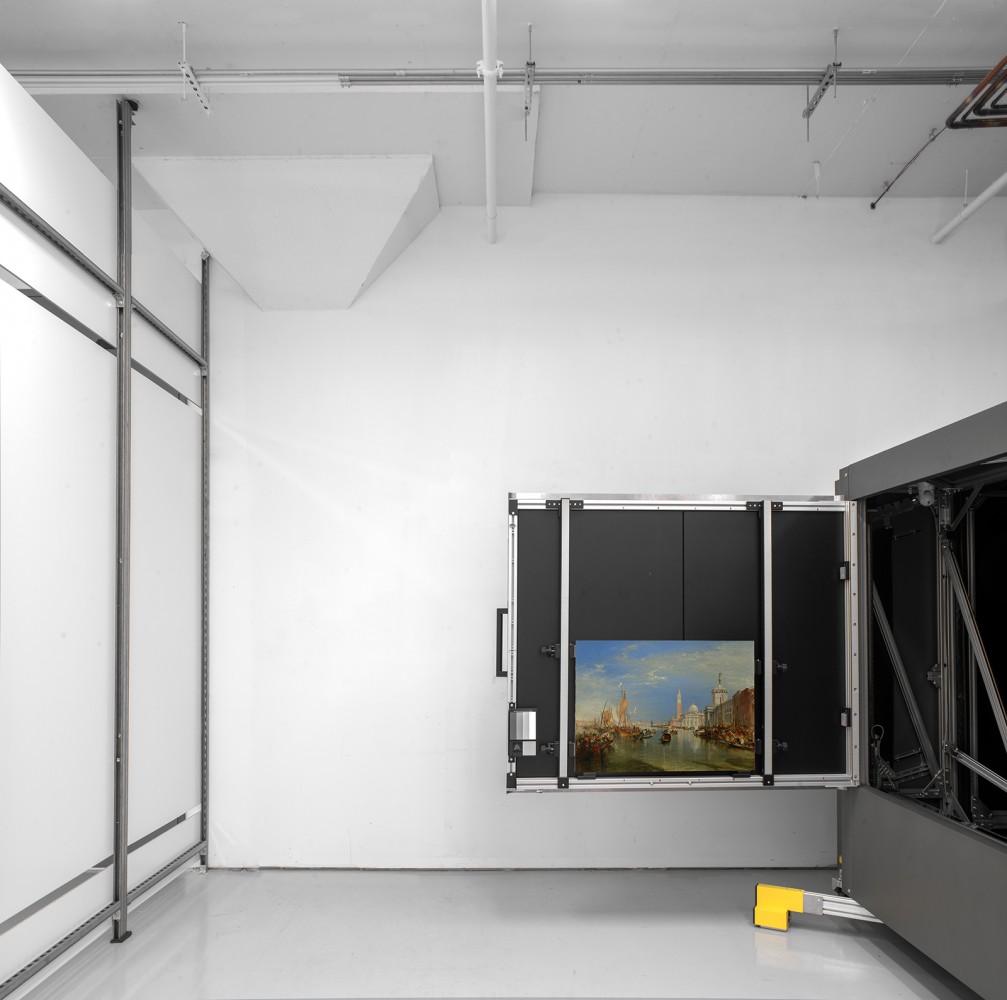 Arius Scanner. Credit Crozier
Arius Scanner. Credit Crozier
This has typically meant yachts, especially charter yachts and other high-risk luxury settings often settle for generic art with little personal value. An Arius replication can also be resized to fit the interior if needed.
Robinson continues, "Given that one cannot differentiate between the 3D textured replication and the original, the owner avoids both legal export risks as well as physical damage to the artwork. Artwork on board suffers risks from the changing climate and also the hazard of accidental damage during installation and transport. Fine art on the move is extremely vulnerable, as any insurer will tell you."
The technology opens intriguing new avenues for artists to produce limited-edition textured replications. In an age of NFTs, these tactile replications may be a more tangible corollary to the digital revolution.
NEW: Sign up for SuperyachtNewsweek!
Get the latest weekly news, in-depth reports, intelligence, and strategic insights, delivered directly from The Superyacht Group's editors and market analysts.
Stay at the forefront of the superyacht industry with SuperyachtNewsweek
Click here to become part of The Superyacht Group community, and join us in our mission to make this industry accessible to all, and prosperous for the long-term. We are offering access to the superyacht industry’s most comprehensive and longstanding archive of business-critical information, as well as a comprehensive, real-time superyacht fleet database, for just £10 per month, because we are One Industry with One Mission. Sign up here.
Related news
[1].png)
When safe navigation becomes passive research
Matthew Zimmerman, CEO at FarSounder, explains how sonar systems can help complete our understanding of the seafloor…
Technology
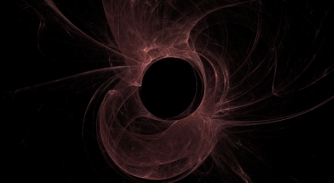
The Nuclear Equation
Developments across the marine industry suggest the idea of a nuclear-powered superyacht may not be as science fiction as it once sounded
Technology
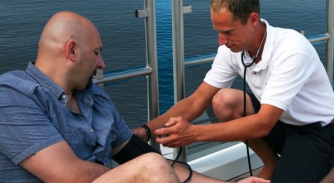
MedAire publishes superyacht injury and illnesses findings
MedAire, an International SOS Company, has today revealed new data highlighting the most common injuries and illnesses onboard superyachts
Crew
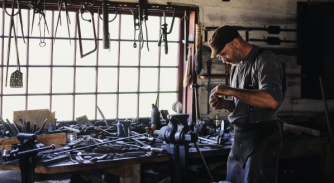
Face value
The general disregard of craftsmen in the superyacht industry doesn’t benefit anyone
Owner
Related news
When safe navigation becomes passive research
3 years ago
The Nuclear Equation
3 years ago
Face value
4 years ago
NEW: Sign up for
SuperyachtNewsweek!
Get the latest weekly news, in-depth reports, intelligence, and strategic insights, delivered directly from The Superyacht Group's editors and market analysts.
Stay at the forefront of the superyacht industry with SuperyachtNewsweek


